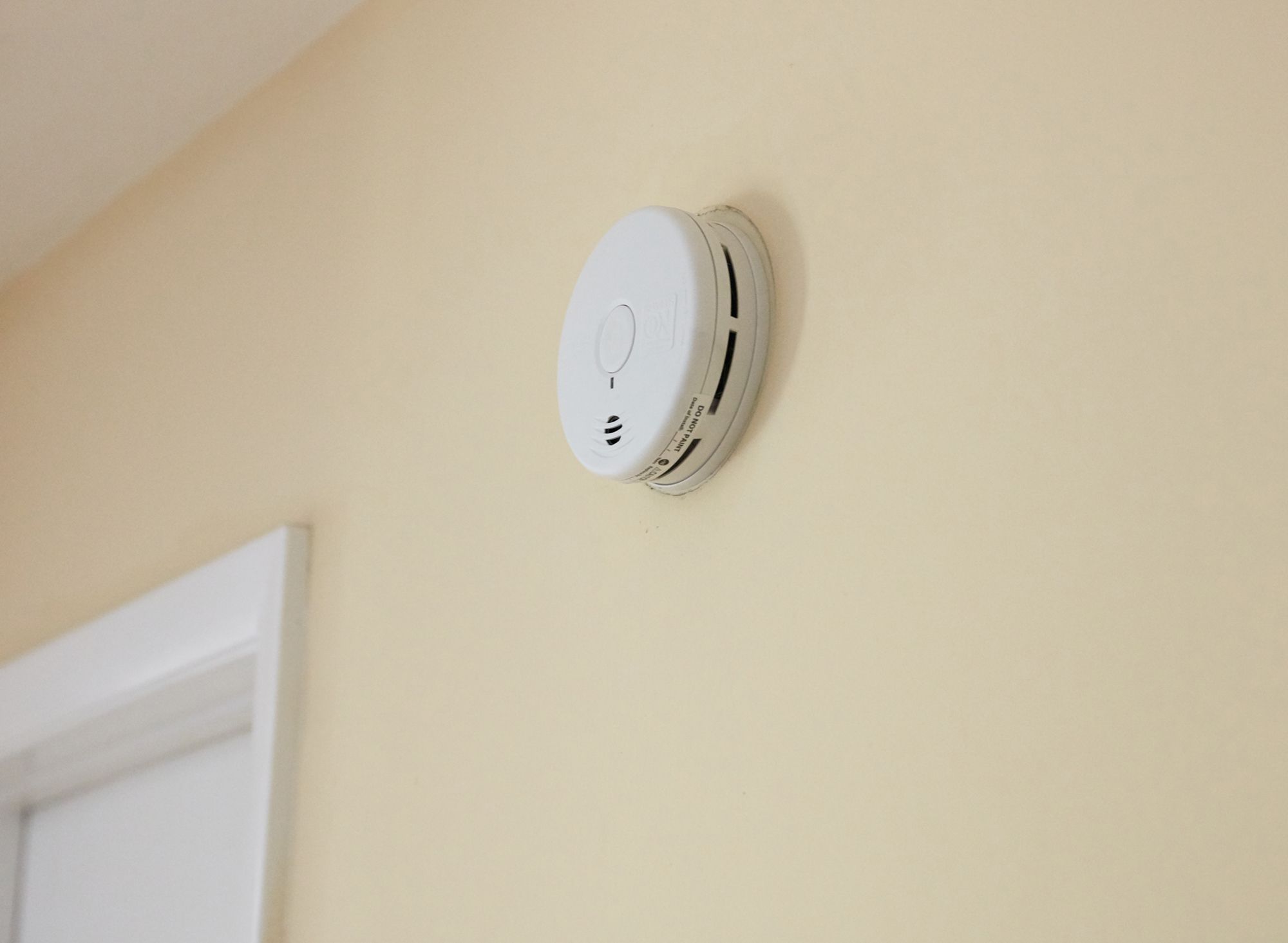

Articles
Where Should A Smoke Detector Be Placed
Modified: February 24, 2024
Find out the ideal locations to place your smoke detectors in this comprehensive guide. Learn about the necessary precautions to enhance home safety.
(Many of the links in this article redirect to a specific reviewed product. Your purchase of these products through affiliate links helps to generate commission for Storables.com, at no extra cost. Learn more)
Introduction to Smoke Detectors
Smoke detectors are one of the most important safety devices you can have in your home. They are designed to detect and warn occupants of the presence of smoke, indicating a potential fire. With their ability to detect smoke at an early stage, smoke detectors play a crucial role in providing early warning and allowing individuals to evacuate in a timely manner.
Proper placement of smoke detectors is essential for their effectiveness. A well-placed smoke detector can detect smoke quickly and provide ample time for residents to respond. However, incorrect placement can lead to delayed detection or false alarms, compromising the safety of occupants.
Understanding the importance of proper smoke detector placement and following the recommended guidelines ensures optimal safety for you and your loved ones.
Key Takeaways:
- Proper smoke detector placement is crucial for early fire detection, ensuring optimal safety and peace of mind for you and your loved ones. Follow guidelines and test regularly for maximum effectiveness.
- Strategic placement of interconnected smoke detectors throughout your home, including bedrooms, living areas, and high-risk spaces, provides invaluable early warning and enhances fire safety measures. Regular maintenance and testing are essential for optimal functionality.
Read more: Where To Place A Smoke Detector In A Bedroom
Importance of Proper Smoke Detector Placement
Proper smoke detector placement can mean the difference between life and death in the event of a fire. Smoke detectors are designed to detect smoke particles in the air, signaling the presence of a potential fire. By having smoke detectors in the right locations throughout your home, you greatly increase your chances of detecting a fire early and taking appropriate action.
One of the primary benefits of proper smoke detector placement is early detection. When a fire starts, it often takes time for smoke to spread throughout a room or a building. By placing smoke detectors in strategic locations, such as near bedrooms and in common areas, you can ensure that any signs of smoke are detected as soon as possible. This early warning gives you more time to safely evacuate or extinguish the fire before it becomes uncontrollable.
Another important aspect of proper smoke detector placement is coverage. It is recommended to have smoke detectors on each level of your home, including the basement and attic, to provide comprehensive coverage. This ensures that no matter where a fire starts, it will be detected promptly. Additionally, placing smoke detectors near major fire hazards, such as kitchens and garages, increases the likelihood of early detection in these high-risk areas.
False alarms can also be a concern when it comes to smoke detectors. Improper placement, such as installing smoke detectors too close to cooking appliances or bathrooms, can lead to unnecessary alarms triggered by normal cooking activities or steam. Following the recommended guidelines for placement helps minimize false alarms, ensuring that the alarms are only triggered when there is a genuine fire threat.
Lastly, proper smoke detector placement promotes peace of mind. Knowing that you have strategically placed smoke detectors in your home gives you a sense of security and confidence that you are taking proactive measures to protect yourself and your family. It is a small investment that can potentially save lives and prevent devastating property damage.
General Guidelines for Smoke Detector Placement
When it comes to smoke detector placement, there are some general guidelines to follow to ensure optimal effectiveness. These guidelines aim to cover various areas of your home and minimize the chances of missed detection or false alarms.
- Install smoke detectors on every level of your home, including the basement and attic. This provides comprehensive coverage and ensures that all areas are monitored.
- Place smoke detectors in each bedroom or sleeping area. This is crucial, as many fire-related injuries and fatalities occur during sleeping hours.
- Install smoke detectors outside of each separate sleeping area. If the bedrooms are located in different areas of the house, make sure there is a smoke detector outside each of those areas.
- In multi-level homes, install smoke detectors on the ceiling at the top of the staircase leading to the upper level. This helps to detect smoke that may rise from the lower level.
- Place smoke detectors in common areas such as living rooms, family rooms, and dens. These areas are frequently used and can provide early detection in case of a fire.
- Install smoke detectors in or near kitchens, but make sure to keep them at a distance from cooking appliances to prevent false alarms. Consider using specialized heat detectors in kitchens to complement smoke detectors.
- For homes with attached garages, place smoke detectors near the entry point between the garage and the living area. This is important because fires originating in garages can quickly spread to the rest of the house.
Remember to refer to the manufacturer’s specific instructions and recommendations for optimal placement of your specific smoke detector model. If you have any unique features or considerations in your home, such as vaulted ceilings or open floor plans, consult with a professional to determine the best placement options.
Regularly test your smoke detectors to ensure that they are functioning properly. It is recommended to test them monthly and replace batteries at least once a year.
Following these general guidelines will help to ensure that your smoke detectors are well-positioned to detect smoke in a timely manner and provide early warning in the event of a fire.
Placement in Bedrooms
When it comes to smoke detector placement in bedrooms, the goal is to provide early warning in case of a fire while occupants are sleeping. This is especially crucial, as studies have shown that individuals are at a higher risk of injury or fatality when a fire occurs during nighttime hours.
For optimal coverage, it is recommended to install a smoke detector in each bedroom. This ensures that any signs of smoke or fire are detected as quickly as possible, allowing occupants to react and evacuate promptly. The smoke detector should be placed on the ceiling or high on the wall, keeping a distance of at least 4 inches away from any corners.
In addition to individual bedroom smoke detectors, it is important to have smoke detectors placed outside of each separate sleeping area. This means that if there are multiple bedrooms in different sections of the house, there should be a smoke detector outside each of those areas. This helps to provide an early warning if a fire starts in a different part of the house, allowing occupants to safely escape.
It is also worth considering interconnected smoke detectors for bedrooms. Interconnected smoke detectors are wired together in a way that if one alarm is triggered, all the others will also sound simultaneously. This interconnected system ensures that all occupants are alerted regardless of their location in the house. It is especially useful in larger homes or homes with multiple levels.
Finally, regularly test your bedroom smoke detectors to ensure they are working properly. Replace batteries at least once a year and follow the manufacturer’s instructions for maintenance and testing procedures. This will help ensure that your smoke detectors are ready to provide the earliest possible warning in case of a fire in the bedroom.
Remember, smoke detectors are your first line of defense against fires, and proper placement in bedrooms is critical to maximize their effectiveness and protect you and your loved ones while you sleep.
Placement in Hallways and Staircases
In addition to placing smoke detectors in individual rooms, it is crucial to consider the placement of smoke detectors in hallways and staircases. These are common areas that serve as escape routes in case of a fire and can provide early detection of smoke.
When it comes to hallways, a general guideline is to have a smoke detector installed in each hallway that leads to bedrooms or other occupied areas. This ensures that any smoke from a fire can be detected quickly, giving occupants ample time to safely evacuate the building. It is recommended to place the smoke detector on the ceiling, away from any corners or obstructions.
In multi-level homes, it is essential to have a smoke detector installed at the top of the staircase leading to the upper levels. This helps detect any smoke that may rise from the lower level and provide an early warning to anyone on the upper level to evacuate. Ensure the smoke detector is placed high on the wall or ceiling, following the manufacturer’s guidelines.
When installing smoke detectors in hallways and staircases, consider the size and layout of the area. Larger hallways may require multiple smoke detectors to ensure comprehensive coverage. Interconnected smoke detectors are highly recommended in these areas to ensure that if one alarm is triggered, all smoke detectors in the network sound simultaneously, alerting occupants throughout the home.
Regularly test the smoke detectors in hallways and staircases to ensure their proper functioning. Clean the detectors periodically to remove any dust or debris that might obstruct their sensors and affect their performance.
Remember, placing smoke detectors in hallways and staircases provides early warning and can facilitate a safe escape in the event of a fire. By following these guidelines, you can enhance the fire safety measures in your home and protect yourself and your loved ones.
Placement in Living Rooms and Family Rooms
Living rooms and family rooms are common areas where families spend a significant amount of time. It is important to have smoke detectors strategically placed in these areas to detect any signs of fire or smoke and provide early warning.
When it comes to placing smoke detectors in living rooms and family rooms, it is recommended to install them on the ceiling if possible. Mounting the smoke detectors on the ceiling ensures optimal detection of smoke, as smoke tends to rise. If ceiling installation is not feasible, place the smoke detector high on a wall, following the manufacturer’s instructions.
For larger living rooms or family rooms, it may be necessary to have multiple smoke detectors to provide comprehensive coverage. Consider the layout of the room and place the detectors in locations where they will be able to detect smoke from any corner. It is crucial to keep a distance of at least 4 inches away from walls and corners for accurate detection.
In interconnected homes, where multiple levels or areas are connected, it is highly recommended to have interconnected smoke detectors. Interconnected smoke detectors are wired together so that if one alarm is triggered, all the others will sound simultaneously, alerting everyone in the house. This provides a higher level of safety and ensures that occupants are alerted regardless of their location.
Regularly testing the smoke detectors in living rooms and family rooms is essential to ensure that they are working properly. Perform regular maintenance and cleaning to remove any dust or debris that might hinder the detectors’ performance.
Remember, living rooms and family rooms are often gathering spaces for families and guests. Placing smoke detectors in these areas increases the chances of early detection and provides valuable time to safely evacuate in the event of a fire.
Placement in Kitchens and Dining Rooms
The kitchen and dining room are areas in the home where there is a higher risk of fires due to the presence of cooking appliances, open flames, and potential grease or oil fires. Proper placement of smoke detectors in these areas is crucial to detect any signs of smoke or fire and provide early warning.
When placing smoke detectors in kitchens, it is important to take into consideration the potential for false alarms due to cooking activities. Install smoke detectors away from cooking appliances, at least 10 feet away if possible, to minimize false alarms. Mount the smoke detector on the ceiling to ensure optimal smoke detection. Alternatively, you can consider using specialized heat detectors in the kitchen to complement the smoke detectors, as they are designed to detect high temperatures rather than smoke.
In dining rooms, it is recommended to place a smoke detector on the ceiling or high on the walls, away from any corners or obstructions. This allows for effective detection of smoke from any area of the room.
Interconnected smoke detectors are highly recommended in kitchens and dining rooms to ensure that if one alarm is triggered, all smoke detectors in the network sound simultaneously, alerting occupants throughout the home. This provides a higher level of safety, especially in the event of a fire spreading from the kitchen to other areas of the house.
Regularly testing the smoke detectors in kitchens and dining rooms is essential to ensure their proper functioning. Clean the detectors periodically to remove any dust or grease buildup that may affect their performance.
Remember, the kitchen and dining room pose unique fire hazards due to cooking activities and open flames. Placing smoke detectors in these areas provides early warning and gives you and your family valuable time to react and evacuate in case of a fire.
A smoke detector should be placed on every level of the home, inside each bedroom, and outside sleeping areas. It’s also recommended to install one in the kitchen and near any potential fire hazards.
Placement in Basements and Attics
Basements and attics are often overlooked areas when it comes to smoke detector placement, but they are crucial spaces to consider. This is because fires in these areas can often go undetected for a longer period of time, potentially resulting in significant damage or danger to occupants.
In basements, it is important to have at least one smoke detector installed. Ideally, place the smoke detector on the ceiling near the bottom of the stairs leading to the basement. This placement helps to detect any smoke that may rise from the basement and provides early warning to occupants on the upper levels of the house.
In attics, it is recommended to place a smoke detector near the attic entrance or access point. Attics are often used for storage and may contain flammable materials or be at risk of electrical fires. Having a smoke detector in the attic ensures any signs of smoke or fire are detected as quickly as possible.
While basements and attics may have unique characteristics such as low ceilings or exposed wiring, it is crucial to follow the manufacturer’s instructions for proper placement. If the space has a particularly low ceiling, consider using a specialized smoke detector designed for low clearance areas.
Interconnected smoke detectors are highly recommended in basements and attics, similar to other areas of the house. This interconnected system ensures that if one alarm is triggered, all the others will also sound simultaneously, alerting everyone in the home. Consider consulting with a professional electrician for the best options and implementation of interconnected smoke detectors.
Regularly test the smoke detectors in basements and attics to ensure their proper functioning. Clear away any dust or debris that may accumulate over time and obstruct the detectors from detecting smoke effectively.
Remember, basements and attics are often areas where fires can start and spread undetected. Placing smoke detectors in these spaces provides early warning and can help prevent devastating damage or harm to occupants.
Placement in Garages and Workshops
Garages and workshops are areas in the home where there is a higher risk of fires due to the presence of flammable materials, tools, and potentially hazardous chemicals. Proper placement of smoke detectors in these areas is essential to detect any signs of smoke or fire and provide early warning.
When it comes to placing smoke detectors in garages and workshops, there are a few key considerations. It is crucial to install a smoke detector in these areas, as fires that start in these spaces can spread quickly and pose a significant risk. Place the smoke detector on the ceiling, away from any corners, to ensure optimal coverage and detection.
However, it is important to note that certain activities in garages and workshops, such as welding or using power tools, can generate smoke or fumes that may cause false alarms for standard smoke detectors. In these cases, it may be beneficial to install a specialized smoke and heat detector designed for areas with higher levels of dust, smoke, or fumes.
If you have interconnected smoke detectors throughout your home, it is recommended to connect the smoke detectors in the garage or workshop to the rest of the interconnected network. This ensures that if a fire starts in these areas, all occupants in the house will be alerted simultaneously.
In addition to smoke detectors, it is important to install fire extinguishers in garages and workshops and ensure they are easily accessible. Being prepared and having the right tools in place can help to quickly and effectively respond to a fire before it becomes uncontrollable.
Regularly test the smoke detectors in garages and workshops to ensure their proper functioning. Clean the detectors periodically to remove any dust or debris that may affect their performance.
Remember, garages and workshops are areas where fires can start due to various activities and materials present. Placing smoke detectors in these spaces provides early warning and allows for timely action to prevent extensive damage or harm.
Placement in Utility Rooms and Laundry Rooms
Utility rooms and laundry rooms are areas in the home where potential fire hazards exist due to the presence of appliances such as water heaters, furnaces, dryers, and electrical panels. It is crucial to have smoke detectors strategically placed in these areas to detect any signs of smoke or fire and provide early warning.
In utility rooms, it is recommended to install a smoke detector on the ceiling or high on the wall, away from any corners or obstructions. Placing the smoke detector in a centralized location ensures optimal coverage and detection throughout the room. This is especially important in utility rooms where flammable substances like cleaning agents or paints may be stored.
In laundry rooms, the heat and moisture generated by dryers can sometimes lead to false alarms for standard smoke detectors. To prevent this, it is advisable to install a combination smoke and carbon monoxide (CO) detector in the laundry room. This specialized detector is designed to detect both smoke and CO, providing accurate and reliable detection in this specific environment.
For both utility rooms and laundry rooms, it is essential to regularly inspect and maintain the appliances and electrical systems to minimize the risk of fires. Ensure that there is adequate ventilation and keep flammable materials away from potential heat sources.
Interconnected smoke detectors are highly recommended in utility rooms and laundry rooms, similar to other areas of the house. This interconnected system ensures that if one alarm is triggered, all the others will also sound simultaneously, alerting occupants throughout the home.
Regularly test the smoke detectors in utility rooms and laundry rooms to ensure their proper functioning. Clean the detectors periodically to remove any dust or lint accumulation that may affect their performance.
Remember, utility rooms and laundry rooms can be potential fire hazard areas due to the presence of appliances and flammable materials. Placing smoke detectors in these spaces provides early warning and allows for timely response to minimize the risk of fire-related incidents.
Placement in Bathroom and Powder Rooms
While bathrooms and powder rooms may not be the first areas that come to mind when considering smoke detector placement, they are still important spaces to consider. Although the risk of fires starting in these areas is relatively low, there are certain circumstances where smoke detectors can provide added safety measures.
In most cases, it is not necessary to have a smoke detector in every bathroom or powder room. However, if your bathroom has a separate heating or electrical system, it is recommended to install a smoke detector in that area. This is particularly important for larger bathrooms or bathrooms with additional features, such as heated towel racks or built-in electrical outlets.
When placing a smoke detector in a bathroom, it is best to mount it on the ceiling or high on a wall, away from the direct stream of shower or bathwater. This helps to prevent false alarms caused by steam or humidity. Make sure to follow the manufacturer’s instructions for proper placement and keep a safe distance from any ventilation fans or heat sources.
In powder rooms, where there may be limited space or ventilation, it is generally not necessary to have a smoke detector. These smaller rooms are typically not used for activities that pose a significant fire risk.
It is important to note that smoke detectors are not intended to detect steam or humidity. For areas such as bathrooms or powder rooms with increased moisture levels, consider using a separate exhaust fan or ventilation system to remove excess moisture, which can help prevent mold growth and improve air quality.
Regularly test the smoke detector in the bathroom to ensure its proper functioning. Clean the detector periodically to remove any dust or debris that may affect its performance.
Remember, while the risk of fires in bathrooms and powder rooms is generally low, it is still important to consider the unique characteristics of these spaces and take appropriate safety measures when necessary.
Placement in Closets and Storage Areas
When it comes to smoke detector placement, closets and storage areas are often overlooked. However, these spaces can present potential fire hazards, especially if flammable materials are stored or if electrical systems are present. Proper placement of smoke detectors in closets and storage areas can help detect fires early and prevent further damage.
In general, it is not necessary to have a smoke detector in every closet or storage area. However, there are certain instances where it is advisable to install a smoke detector. If a closet or storage area houses electrical equipment, such as breaker panels or fuse boxes, or if flammable materials are stored, it is important to have a smoke detector installed in that space.
When placing a smoke detector in a closet or storage area, it is recommended to mount it high on the wall or on the ceiling, following the manufacturer’s instructions. Keep in mind that closets with sliding doors may have limited airflow, so it is crucial to ensure that the smoke detector has adequate ventilation to detect any signs of smoke or fire.
In interconnected homes, consider connecting the smoke detector in closets and storage areas to the rest of the interconnected system. This way, if a fire starts in one part of the house, all occupants will be alerted regardless of their location.
Regularly test the smoke detectors in closets and storage areas to ensure their proper functioning. Clean the detectors periodically to remove any dust or debris that may affect their performance.
Additionally, it is important to keep closets and storage areas well-organized and free from unnecessary clutter. Avoid storing flammable materials in close proximity to electrical outlets or appliances, and ensure that any electrical equipment is in good condition and properly maintained.
Remember, while the risk of fires in closets and storage areas may be relatively low, it is still important to consider potential fire hazards and take appropriate safety measures, including the installation of smoke detectors, in areas where there is an increased risk of fire.
Conclusion
Proper smoke detector placement is essential for enhancing the safety of your home and protecting you and your loved ones. By strategically placing smoke detectors throughout your home, you can ensure early detection of smoke and give yourself valuable time to respond and evacuate in the event of a fire.
General guidelines for smoke detector placement include installing detectors on every level of your home, near sleeping areas, in common areas such as hallways and staircases, and in high-risk areas like kitchens and garages. Interconnected smoke detectors are highly recommended to ensure that all occupants are alerted simultaneously, regardless of their location in the house.
Specific areas like bedrooms, living rooms, basements, attics, utility rooms, laundry rooms, and even closets and storage areas should be considered when determining the placement of smoke detectors. Each of these spaces has its own unique fire risks, and having detectors strategically placed can greatly improve fire safety and response time.
Regularly testing the smoke detectors, replacing batteries as needed, and keeping them clean and free from obstructions is essential for their proper functioning. Additionally, it is important to educate household members about fire safety, create and practice fire escape plans, and ensure that fire extinguishers are readily accessible throughout the home.
Remember, smoke detectors are invaluable tools in detecting early signs of fire and providing crucial time for evacuation. By following the recommended guidelines and properly placing and maintaining smoke detectors, you can significantly enhance the safety of your home and protect your family in the face of a potential fire emergency.
Frequently Asked Questions about Where Should A Smoke Detector Be Placed
Was this page helpful?
At Storables.com, we guarantee accurate and reliable information. Our content, validated by Expert Board Contributors, is crafted following stringent Editorial Policies. We're committed to providing you with well-researched, expert-backed insights for all your informational needs.

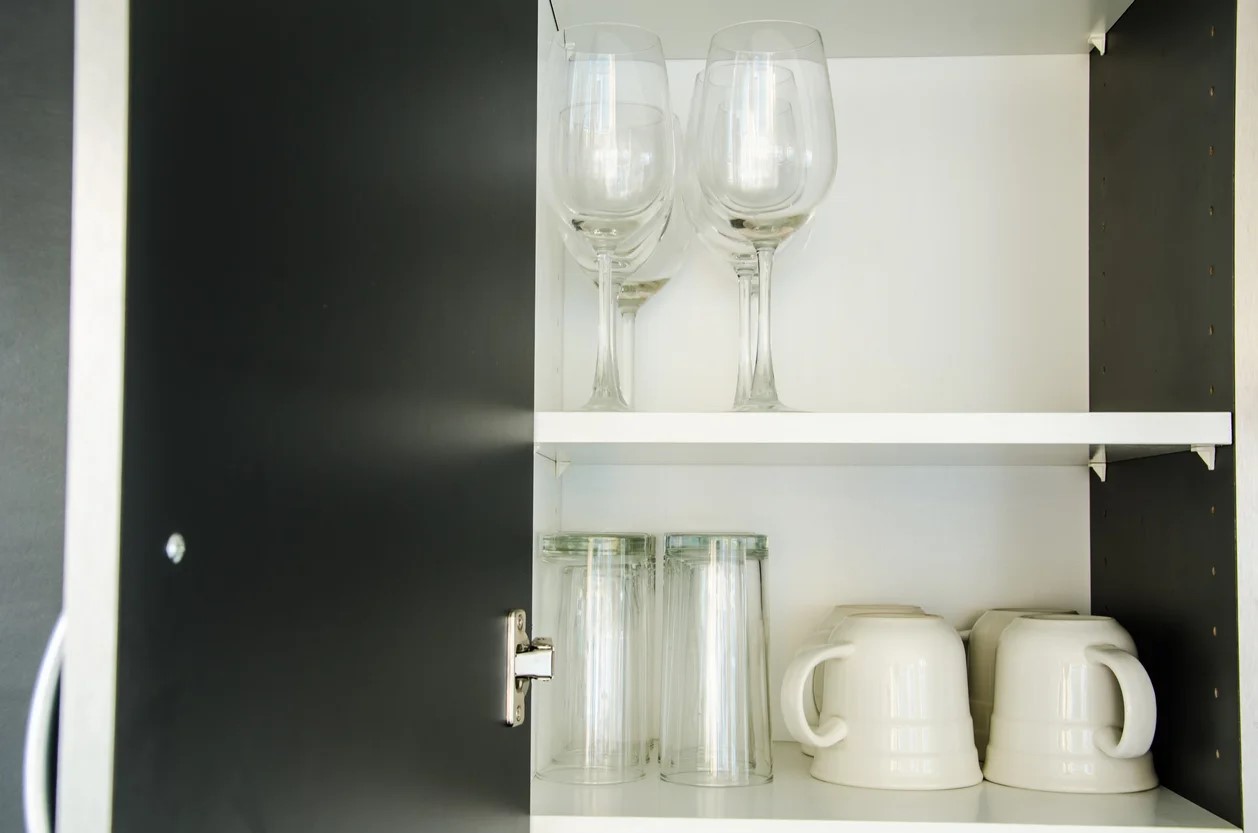
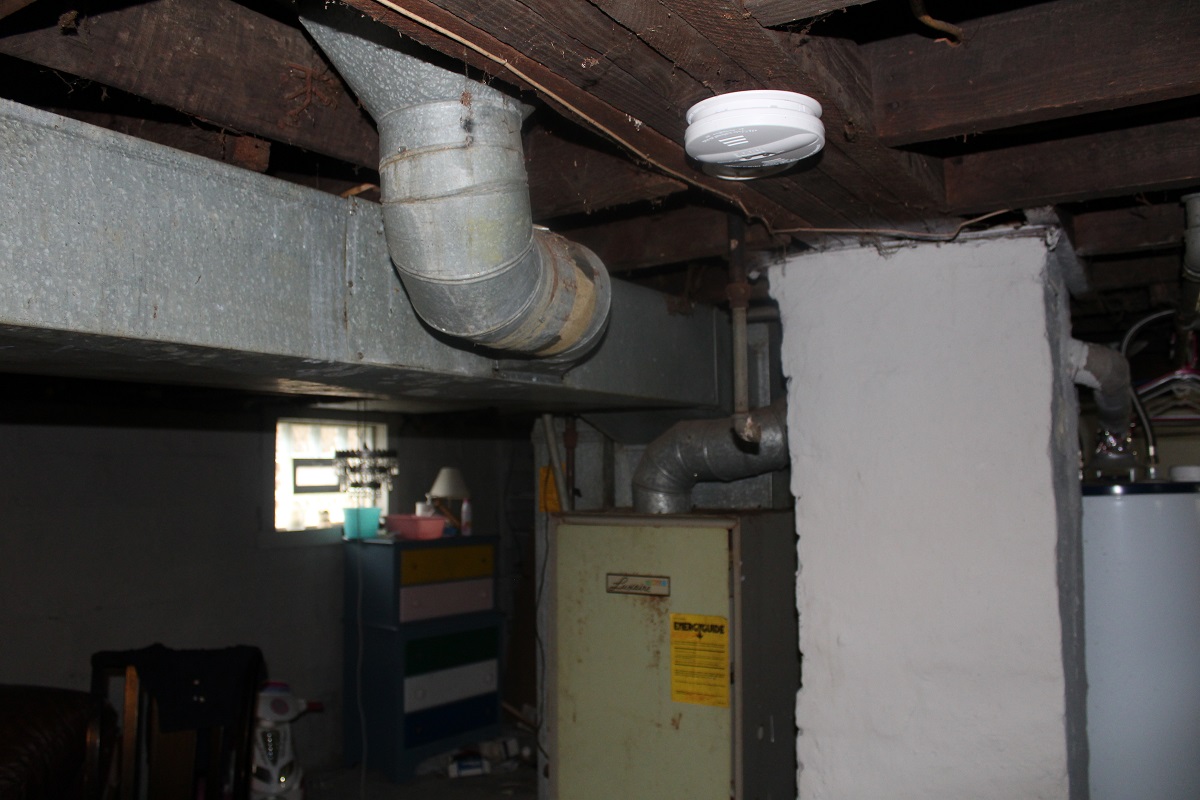

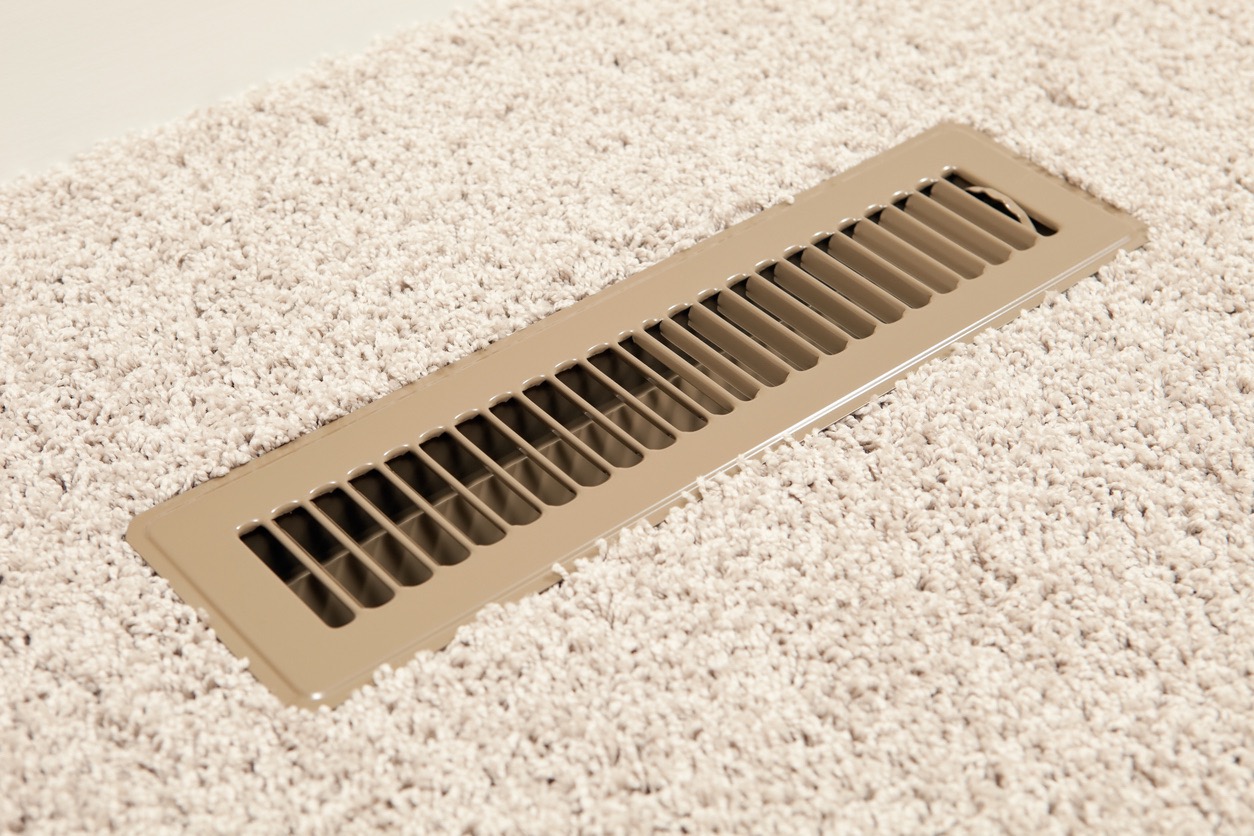

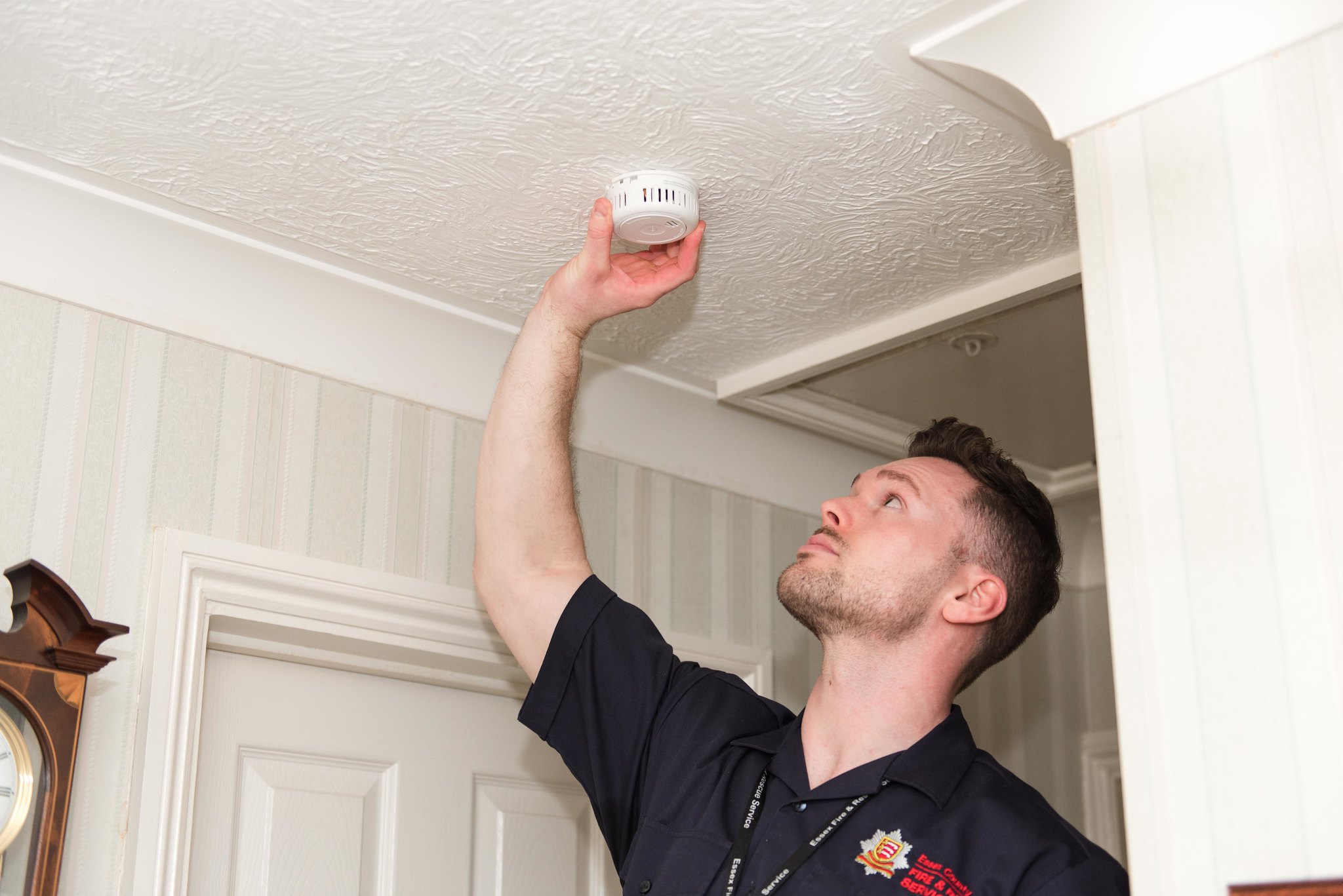
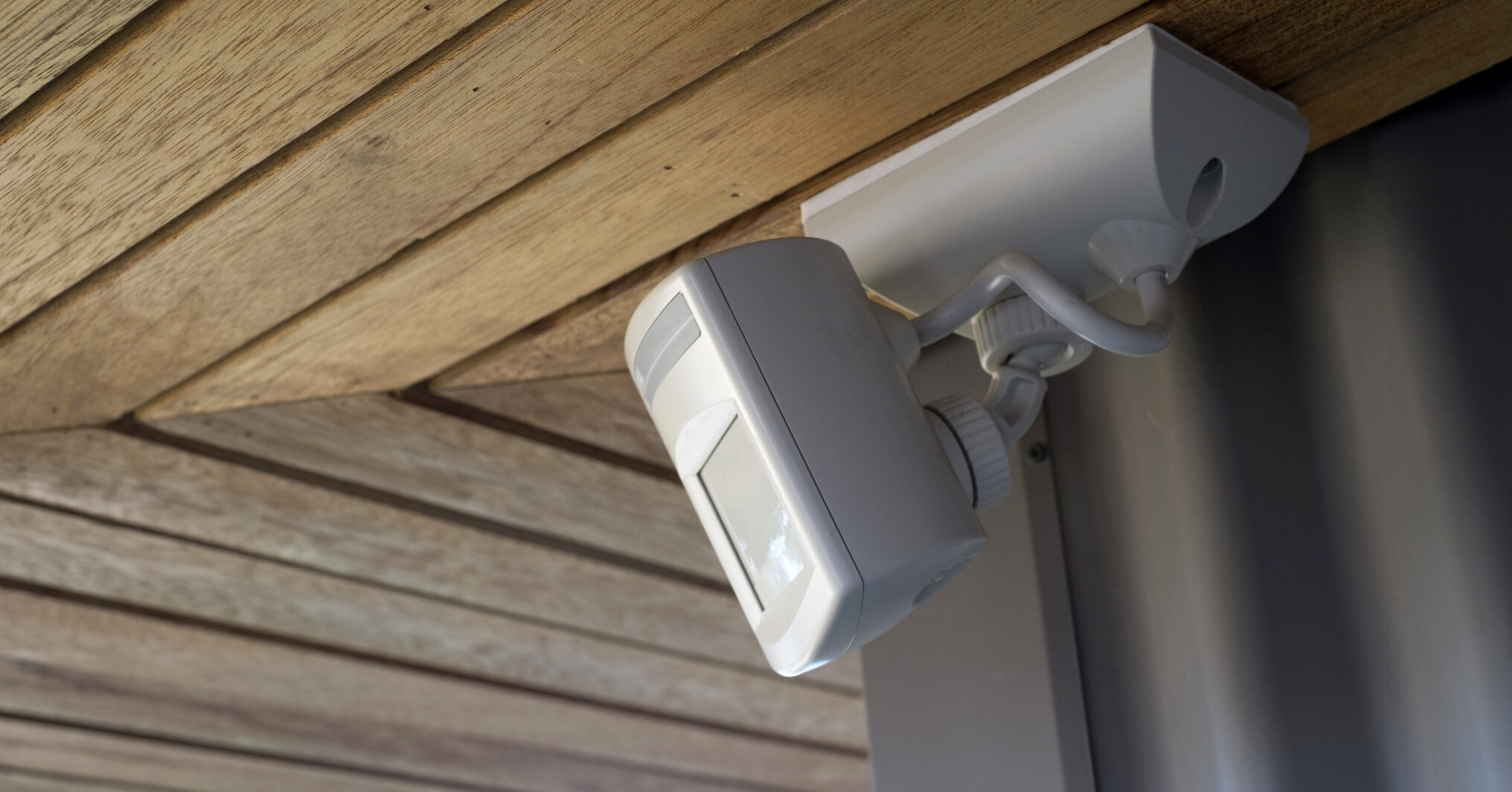
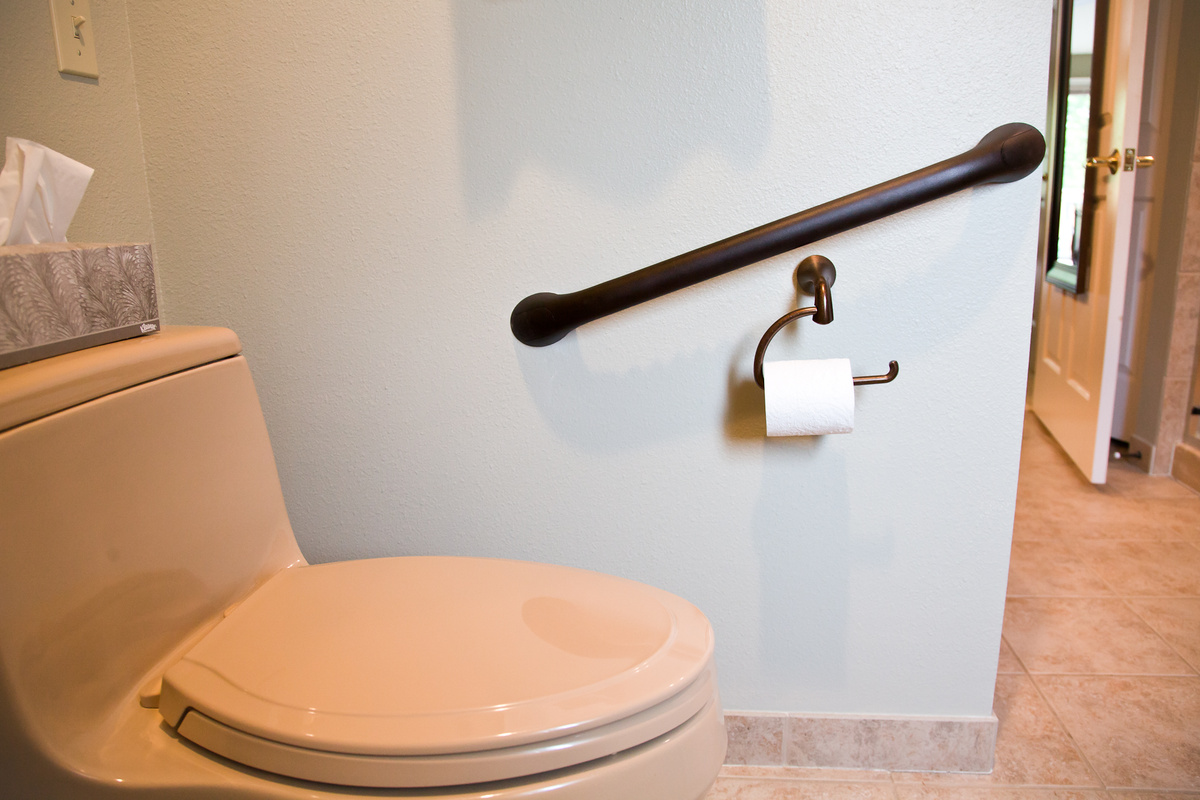
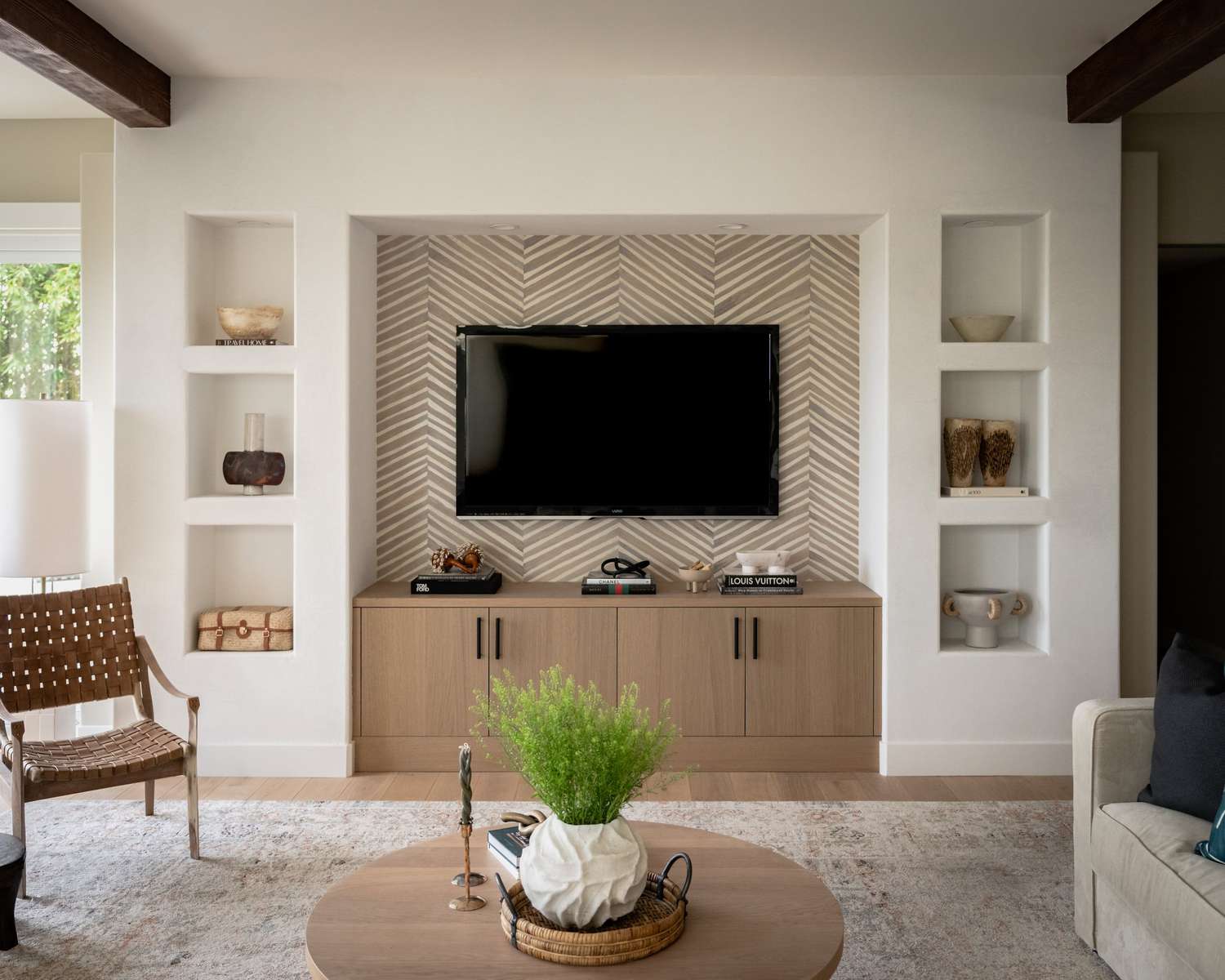
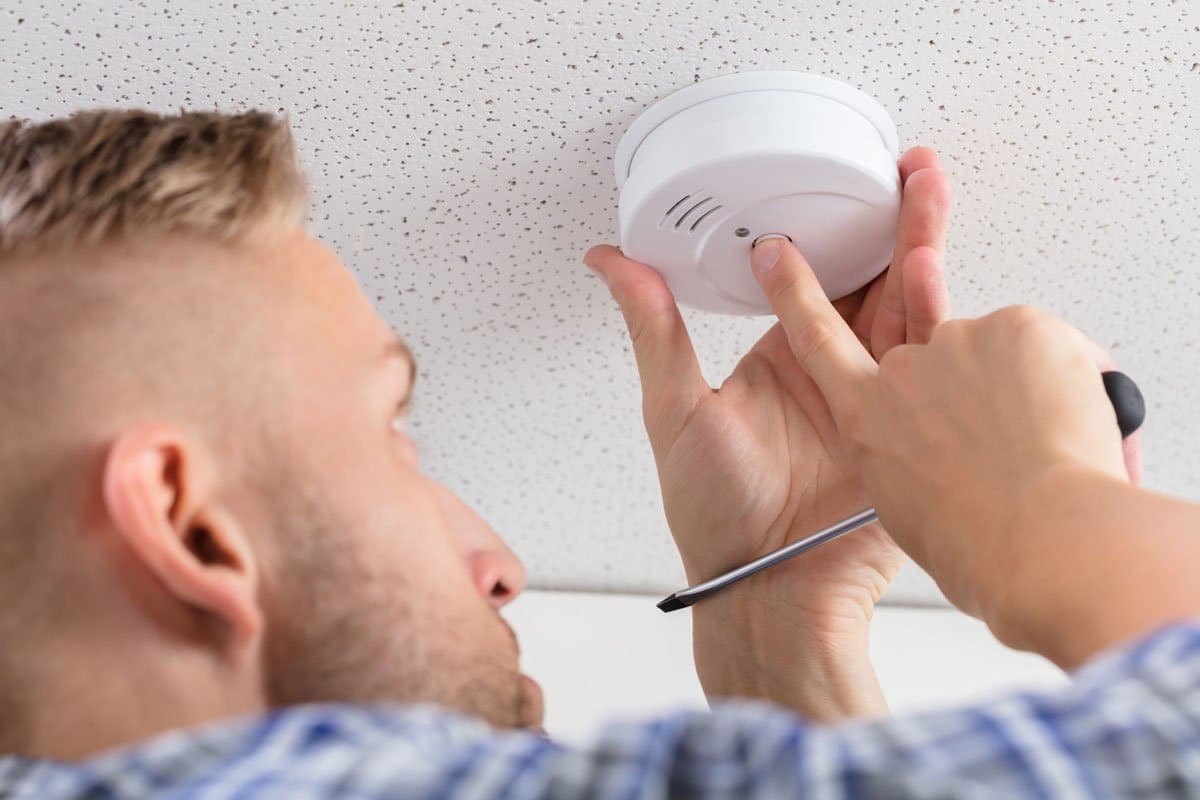
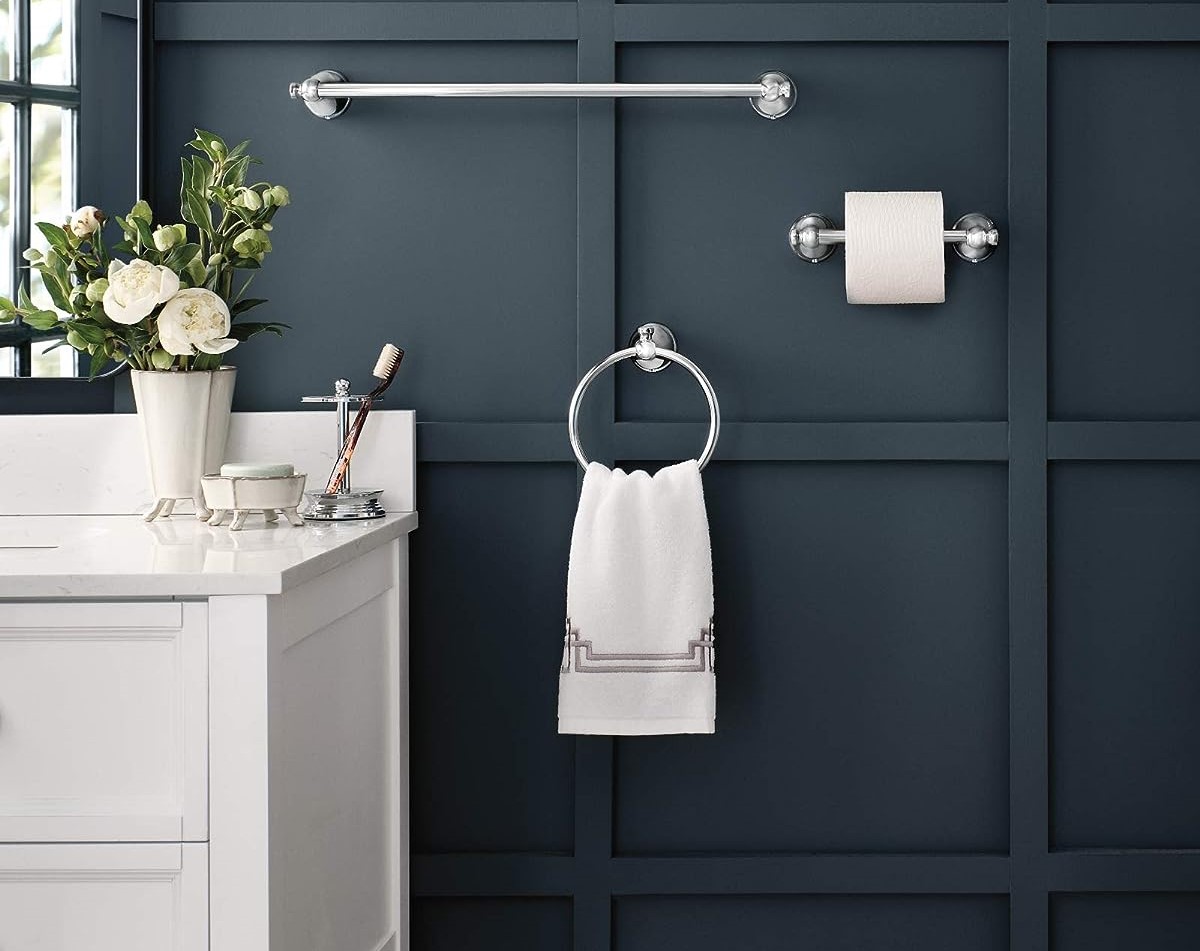
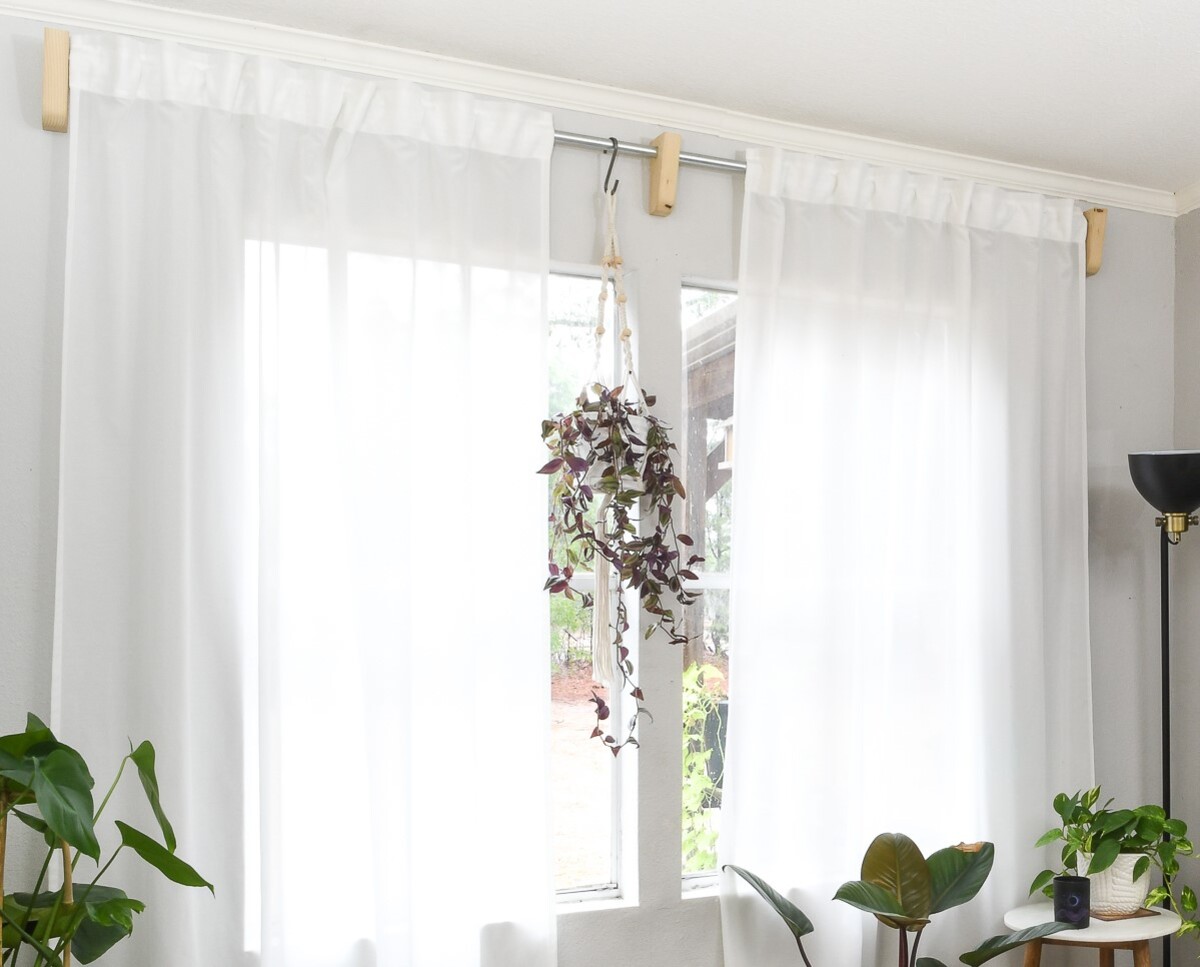

0 thoughts on “Where Should A Smoke Detector Be Placed”